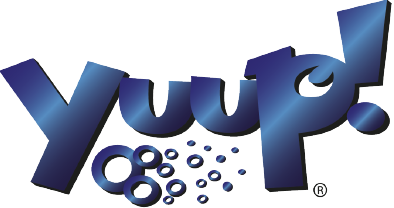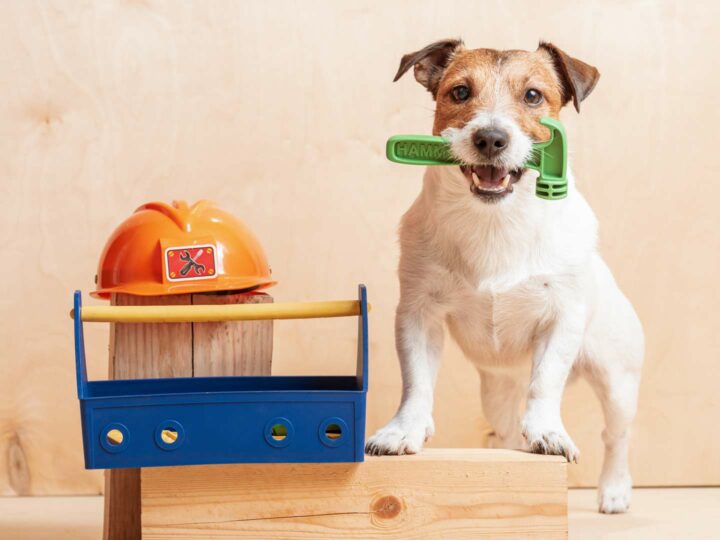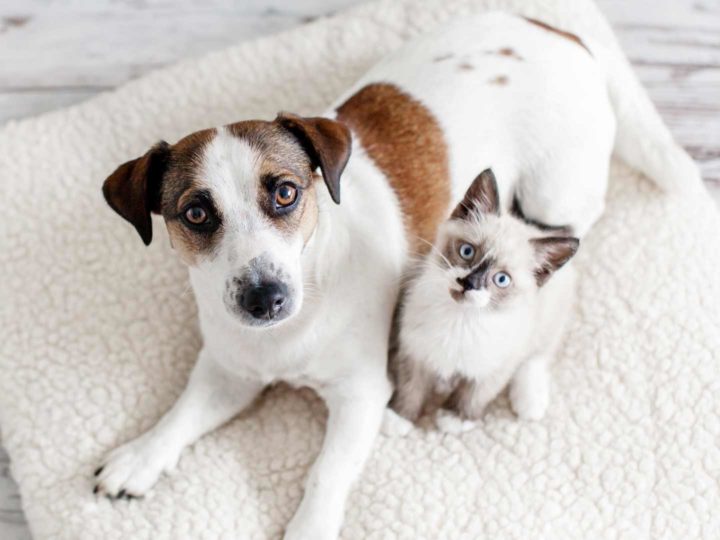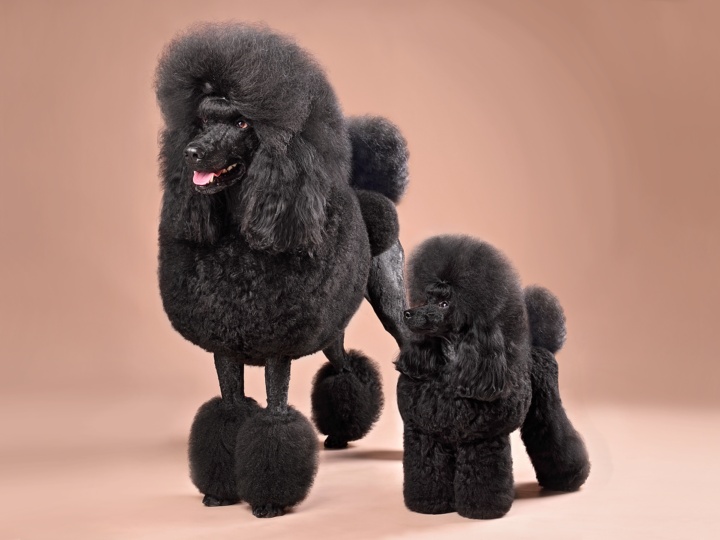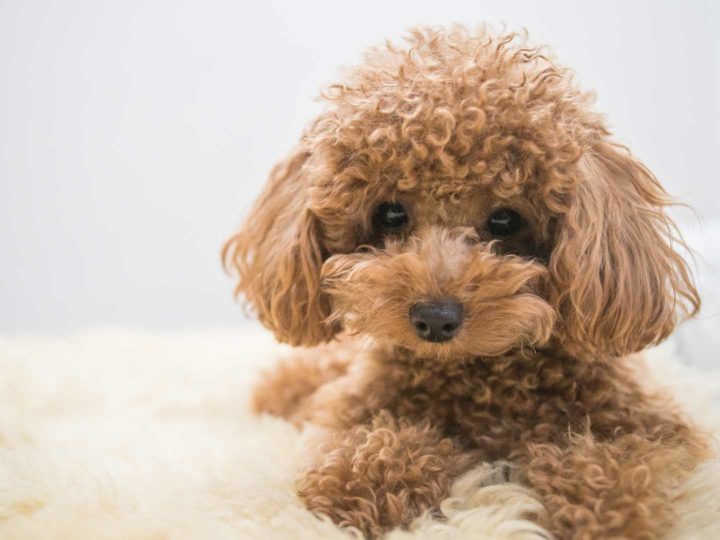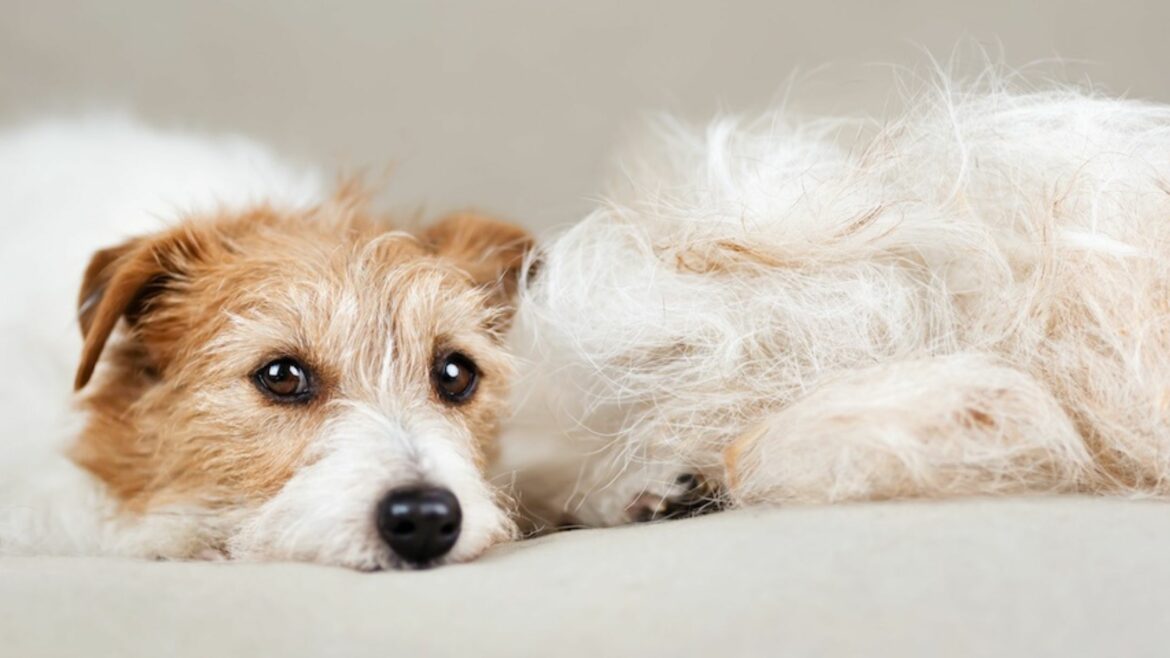
The dog’s undercoat, or secondary coat, is a soft, dense, and woolly layer found beneath the outer coat.
Not all dogs have it, but for those that do, it plays a key role in thermoregulation and protection from the cold, as well as insulation from heat and excessive seasonal temperatures.
Often, we may think that it’s enough to care for the dog’s outer coat, when in reality care should definitely be given to the coat, but also to the undercoat. Let’s see how to do it and what tools and products to use.
How to care for your dog’s undercoat?
Things to do:
- Brush your furry friend frequently and carefully: using suitable tools and products that make the process easier and prevent the formation of knots and tangles;
- Feed your dog properly: to help maintain a healthy and strong coat and undercoat.
- Bathe using the right natural products like those from Yuup!: they care for the skin gently and they’re also non-degreasing, so they don’t strip away the natural protective layer of oils that safeguards the undercoat.
Things to avoid:
- Overbathing: this can remove the natural protective layer of oils that protects the undercoat.
- Brushing too hard: the key word here is gentleness. Removing the undercoat with care, tenderness, and love will make this a pleasant grooming ritual for your furry friend.
- Pulling the undercoat out by hand. Firstly, this wouldn’t remove it evenly, leaving the coat patchy in places, and secondly, this could irritate your dog’s skin.
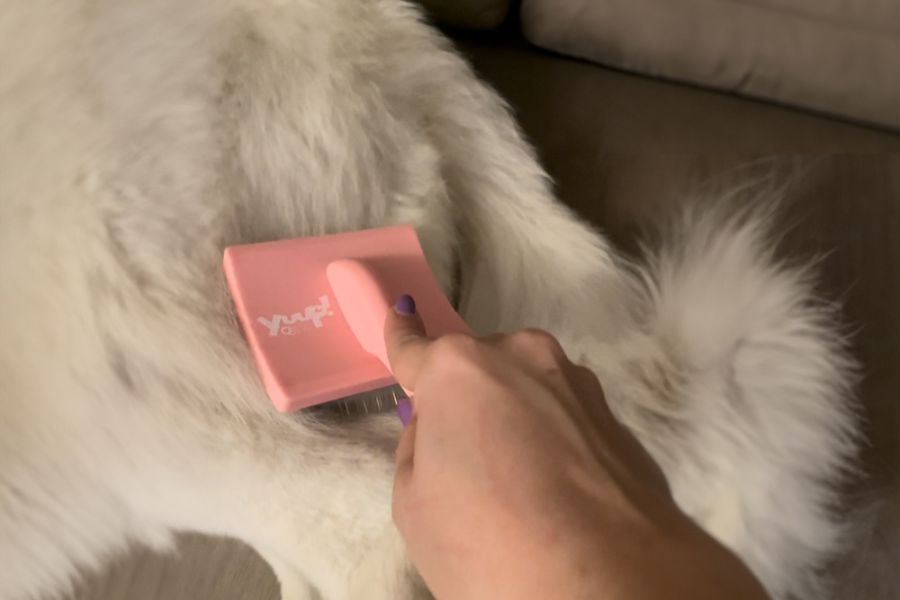
Time for a good brush!
What products should you use to gently remove the dog’s undercoat?
We know that the undercoat isn’t naturally ready to be removed all at once. In fact, you might notice visible tufts of hair sticking out from the coat.
You might be tempted to pull them out by hand… but that’s not the right approach for your furry friend!
Here are our tips to help remove the dog’s undercoat carefully, even with a DIY approach:
- Use high-quality products that make brushing easier and are designed to be practical for daily use;
- The very first step in undercoat care is to spray the Glossing and Detangling Spray before and during brushing. This is essential both to help remove knots and to care for the dog’s coat and skin at the same time;
- If the coat is particularly matted, we recommend starting with a wide-toothed comb to untangle the bigger knots, preparing the undercoat for a more thorough treatment;
- Now it’s time for the brush. PinkBrush is a professional brush ideal for everyday use. Its unique shape and the number and angle of the steel pins allow it to penetrate deeper into the coat, collecting more fur than a regular brush, and making detangling quicker and more effective. It’s an essential tool for removing dead and excess hair from your dog’s coat.
Note: For more experienced and skilled users, there’s a specific tool for managing the undercoat: the Undercoat Remover.
Specifically, it’s a special device that removes the undercoat with sharp-edged teeth.
Obviously, you need to understand it and its various types, and be clear on how to use it correctly. That’s why we recommend asking your trusted groomer or breeder for advice. In this case, it’s important not to improvise, but to always consult an expert.
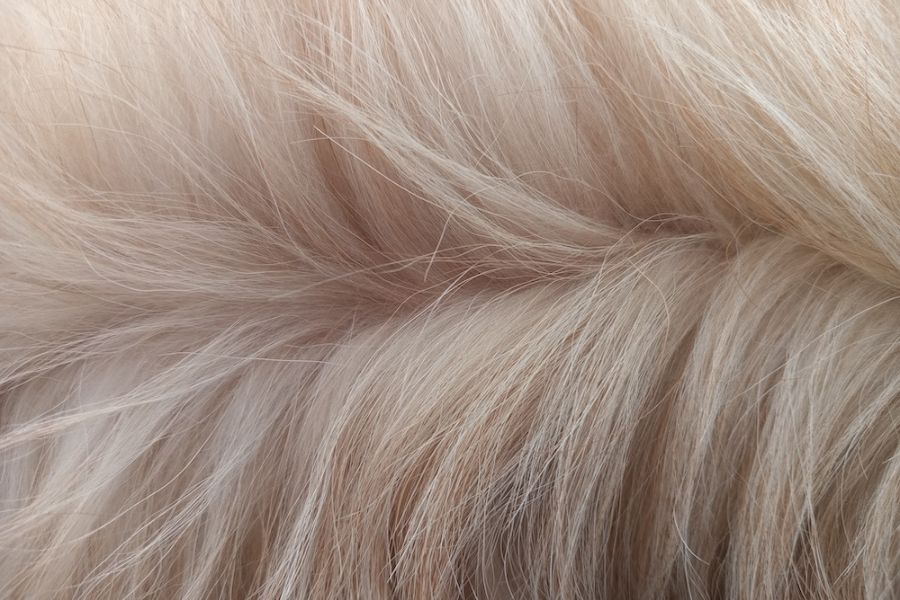
Here it Is.: a brand-new model of natural undercoat, available in all shedding colors! 😀
How to distinguish the undercoat from the outer coat?
Differences Between a Dog’s Outer Coat and Undercoat
- The primary coat is the outer, visible layer.
- The undercoat, on the other hand, is made of short, fine, and dense hair that surround the primary hair. It’s very thick, with about 10 secondary hair for each primary one.
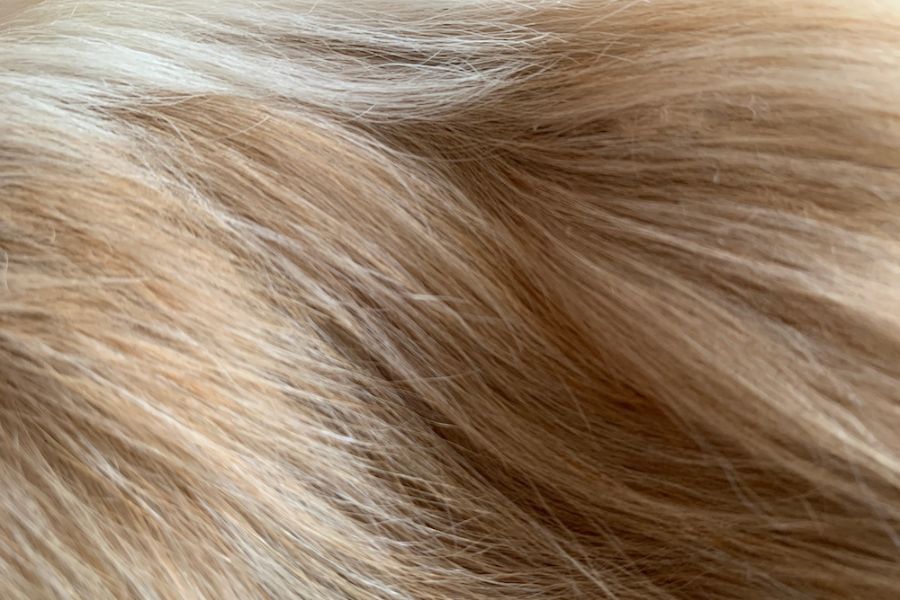
Every coat is unique… who knows if there’s an undercoat beneath it?
Types of Dog Coats
- Crisp coat: bristly to the touch, typical of breeds like the Jack Russell Terrier;
- Silky coat: very thin and soft, like that of the Maltese;
- Curly coat: ringlets, like the Poodle;
- Straight coat: short like that of the Dachshund, or long like the Golden Retriever;
- Hairless: like the Mexican Hairless Dog or the Chinese Crested Dog (hair only on the head and tail).
Lengths of Dog Hair
- Very short coat: from 5 to 15 mm, very fine and dense, like in the Doberman;
- Short coat: from 15 mm to 4 cm, smooth and coarse, like the German Shepherd;
- Medium/semi long coat: from 4 to 7 cm, with various types (curly, straight, silky, wavy);
- Long coat: over 7 cm, in different types – from the smooth Afghan Hound to the ‘corded’ Komondor.
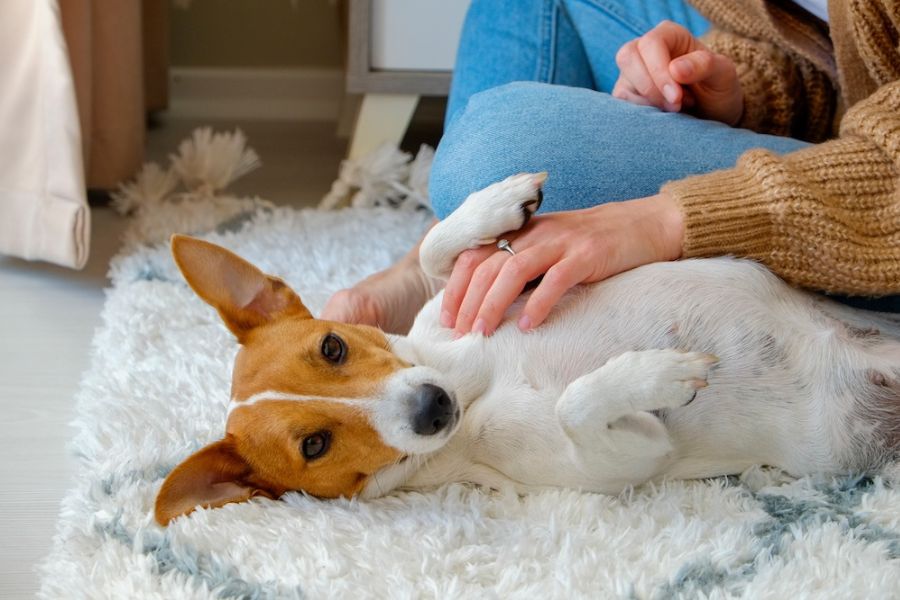
Let’s see if this little heart has an undercoat…
¿Todos los perros tienen subpelo?
Actually, no. Some breeds have a very thick and dense undercoat, especially northern breeds like the Siberian Husky, as nature gave them an extra layer of protection. These dogs require extra care for their coat and undercoat.
Other breeds have very little undercoat, and some have none at all, such as the Poodle or the Maltese.
Does my dog have an undercoat?
To find out, it’s best to check the breed characteristics. You can also do a quick check by gently moving the primary coat and looking underneath for a denser, fluffier layer.
In any case, you’ll know the dog doesn’t have an undercoat if, when you move the primary coat, you can immediately see the skin – in this case, it’s clearly a coat without an undercoat.
The undercoat is, in fact, a natural skin protection.
But you can also notice it from something many people are very familiar with: shedding, especially during two specific times of the year…
Dog undercoat and shedding
The dog’s undercoat changes twice a year. In autumn, to provide your dog with extra winter protection, and in spring, when they need to shed the layer they no longer need for summer, which would otherwise make the heat unbearable.
This process is known as the dog’s molt, and as we’ve seen, it’s essential to lovingly and attentively care for their undercoat.
